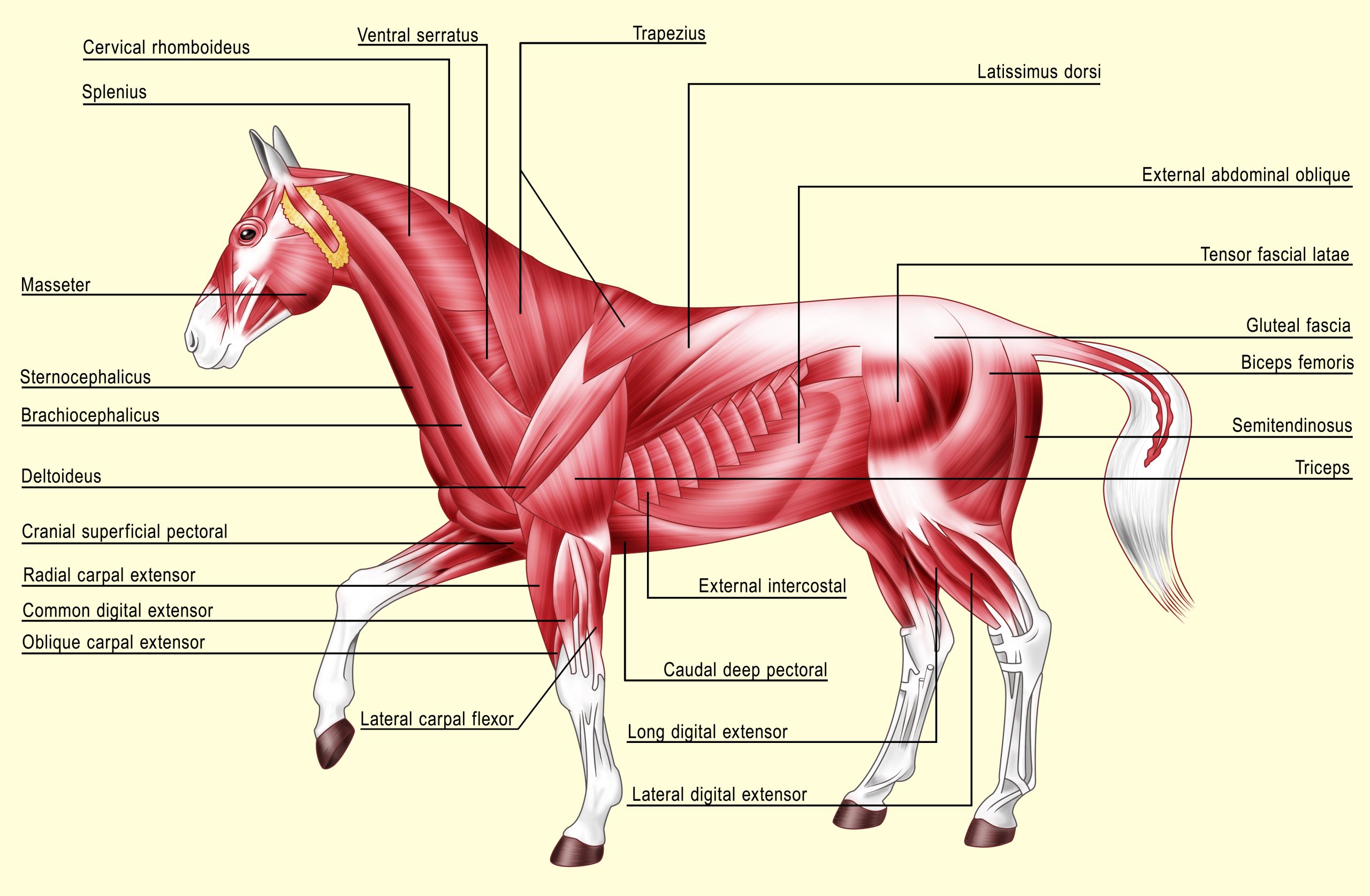We often think about muscle soreness in horses, we usually jump to the back, shoulders, or legs. But the gluteal muscles, the big powerful muscles in your horses’ hindquarters are essential for propulsion, balance, and performance. If they’re tight, sore, or strained, your horse will definitely feel it and so will you in their movement and behavior. Here are 11 signs that can help you determine if your horse has pain in his glutes.
- If they’re not stepping under themselves like usual and have a shortened stride.
- Trouble picking up or holding a lead. You may notice cross-cantering, or lead swapping behind.
- Dragging toes or stumbling behind. Weak or painful glutes affect how the hind limbs are lifted. You might notice scuffed hooves.
- Shifting weight constantly behind. They may constantly adjust their stance to relieve pressure. Watch for this in the cross ties or while grooming.
- They have trouble holding their hind legs for the farrier, or even when you are picking out their feet.
- Unusual posture or weight distribution. Your horse may stand with their hind legs parked out behind or under their belly unnaturally. The compensatory stance may help ease gluteal tension.
- They have trouble jumping and quick turns are difficult.
- The gluteal muscles are closely connected to the hip and back. Thus, dysfunction in these muscles can cause back pain, and asymmetry in the pelvis.
- If a horse pins their ears, flinches, or swishes their tail while currying their hindquarters, it could be a sign of muscle soreness.
- You may feel a “draggy” or sluggish response at the trot or canter, indicating difficulty engaging from behind.
- A usually willing horse who starts resisting work, swishing their tail, bucking, or even refusing to move off your leg could be trying to tell you their butt hurts.
There are many things you can do if you have noticed any of these signs. Equine massage, stretching, or bodywork from a qualified therapist can help keep your horse performing his best and alert you to possible issues that may require less work or downtime for your equine partner. Adjusting your training so that painful or tired glutes don’t lead to other more serious injuries. Taking a look at your saddle that could cause poor movement patterns which can lead to muscle strain. Always have a proper warm up and cool down to support healthy glute function. There is also the use of ice, liniments and laser or PEMF therapies to help soothe sore muscles.
Your horse’s hind end is their engine. Keeping the gluteal muscles healthy, strong, and pain-free is key to comfort and performance. Stay tuned to the subtle or even not so subtle signs your horse gives you. Whether you’re on the trail or in the show ring, don’t be afraid to get your hands-on by checking and caring for those hardworking buns of muscle!

